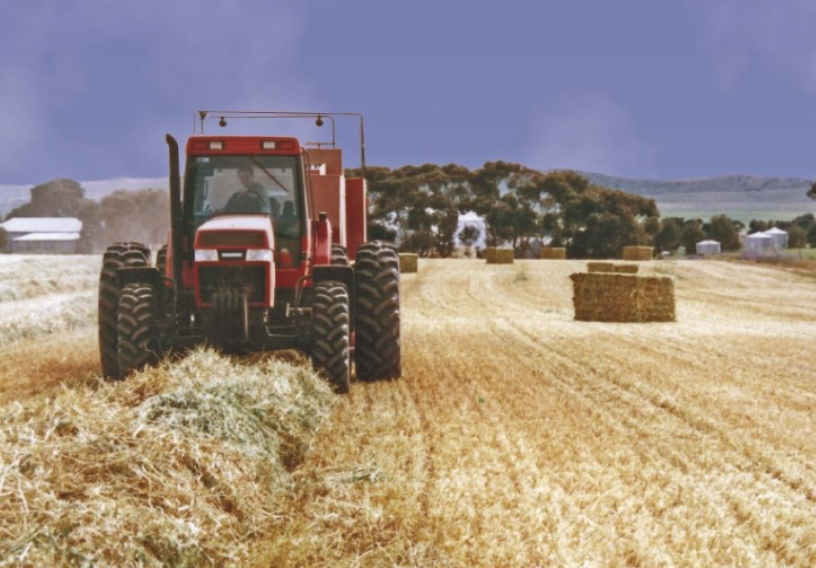Figures 1] from the University of Sydney Australian Centre for Agricultural Health and Safety show there were nine tractor related on-farm deaths last year. Mobile-plant machinery also caused nine, while quad bike incidents resulted in six deaths.
In 2015 the Primary Industries Health and Safety Partnership (PIHSP) released a report mapping the Work Health and Safety (WHS) risks for people working in primary industries. The report found that while there have been improvements over the past 20 years with annual deaths in agriculture falling from around 150 per year to 60 per year, the industry is still one of most dangerous in Australia.
The dangers associated with the use of tractors, and ensuring users are well-informed as to how to stay safe, is a cause General Manager of “The Farm” at Byron Bay, Johno Hunter, takes seriously.
“Tractors are one of the biggest killers on farms, and we have tractors her on our site,” Mr Hunter said.
“I believe we have an obligation to provide safety workshops and I’m passionate about trying to stem the flow of accidents and deaths on farms.”
“The Farm” is a 34 hectare property that produces beef, pork, eggs and vegetables which is used to supply other on-site businesses including the Three Blue Ducks restaurant. The Farm’s philosophy is built on their motto – Grow, Feed, Educate with education last month focusing on tractor safety.
Responding to the rise in numbers of hobby farmers in the region, Mr Hunter identified the need for an Introductory Tractor Safety Workshop at “The Farm”, to educate part-time farmers, as well as people learning to operate tractors for the first time.
“There are certain elements that people don’t really think about when they jump on a tractor,” Mr Hunter said.
“You can buy a tractor and you don’t need a license to drive one. It’s not like a car, you obviously need a license to buy and drive a car,”
“We want to educate people about how to operate these potentially dangerous machines correctly and safely – that’s our objective.”
The first workshop was held in early 2017 and included safety demonstrations led by experienced tractor sales manager Robert Wruck. Mr Wruck said complacency was the greatest contributing factor to tractor-related deaths.









